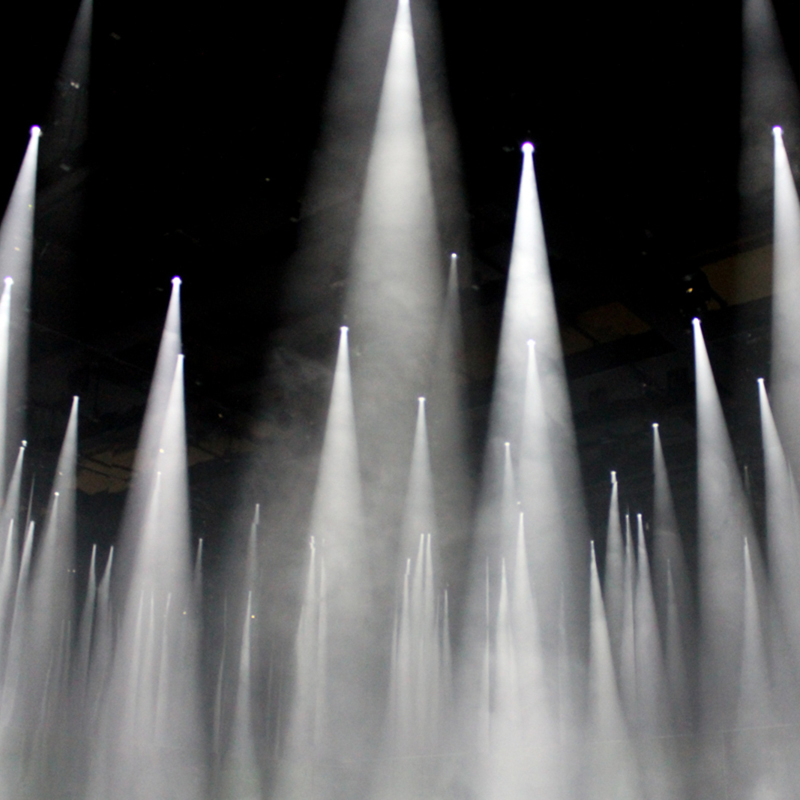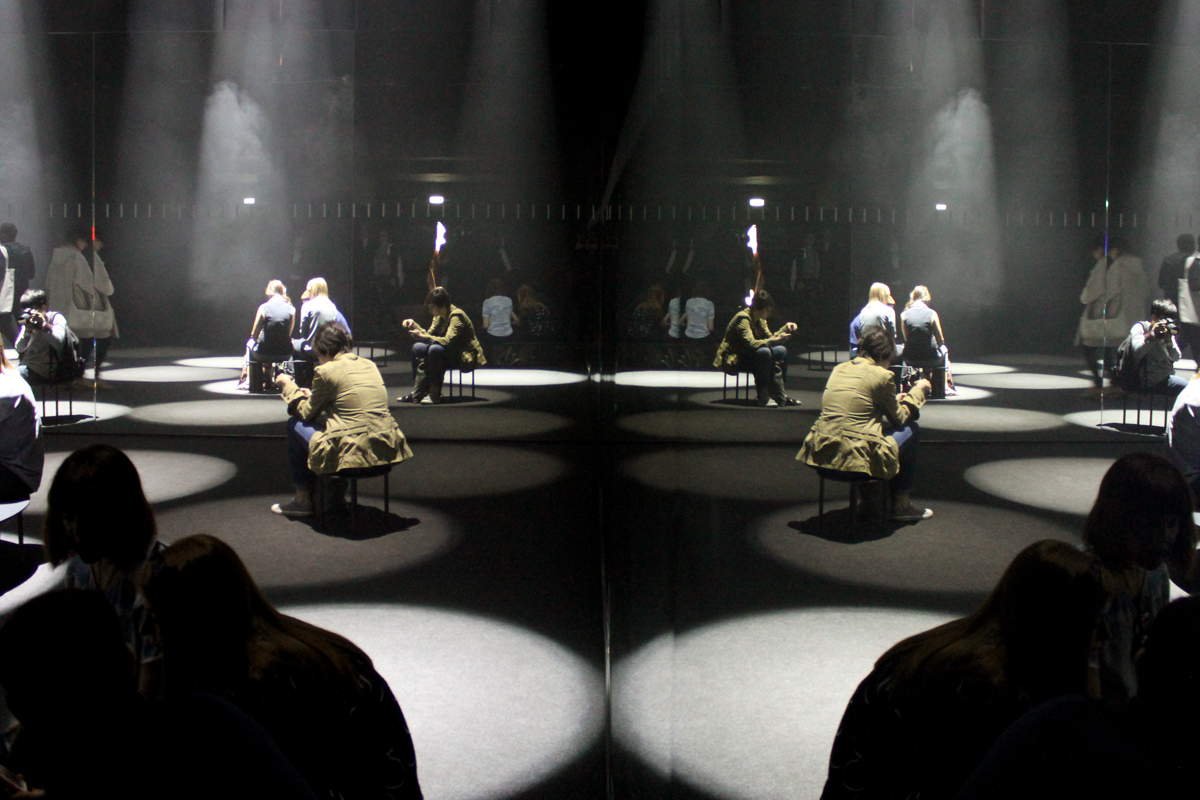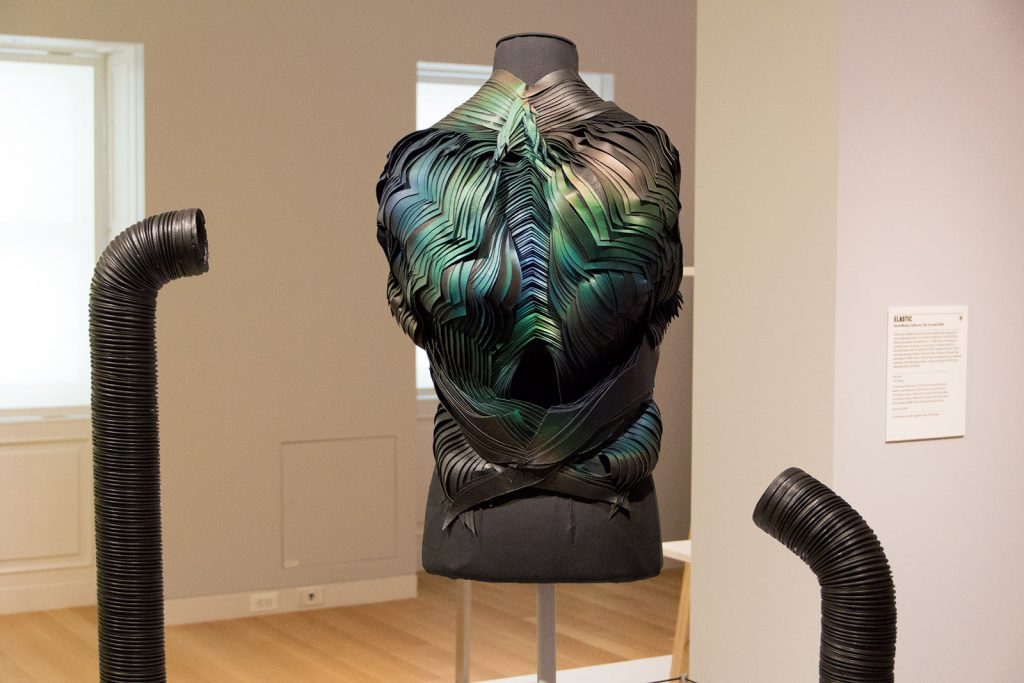Milan Design Week 2016: Interview with Sou Fujimoto
Collaborating with COS, the architect created the immersive “Forest of Light” installation


Japanese architect Sou Fujimoto (perhaps best-known for his Serpentine Gallery Pavilion) joined forces with Swedish fashion retailer COS for Salone de Mobile during this year’s Milan Design Week 2016. The result is quite spectacular. The installation “Forest of Light” is a fascinating and immersive exploration of light and perspective. In a completely dark space, towering cones of light seem to respond magically to the presence of people in attendance. Sounds, mirrors and a subtle fog unite to create an imaginary forest which is nothing short of a feast for the senses. After spending time in the space, we met with Fujimoto and talked about how the installation was born, its meaning and the technology behind it.

“We were requested by COS to interpret the deep philosophy of the brand,” Fujimoto tells us. “We had to give the shape of an experience to that, to translate it into a space. That was, of course, a big challenge because we are architects and they are fashion. In a sense it all relates to our daily life—to human behavior and interactions. Both fashion and architecture are about sharing something, but at the same time they’re quite far, since materials are different, softness is different, heaviness is different.” In order to create a through-line between architecture and fashion, Fujimoto decided on light, “Light is essential for architecture and using light as a material is quite a beautiful challenge, I think. At the same time, a spotlight is a fashion thing. Light as a material is quite simple, but it helps us with creating an interesting complexity.”
After deciding on light as a material, the installation began to take form as a forest—thanks to Fujimoto’s memories and the city of Tokyo. He says, while it relates to his childhood self playing in a forest literally, the Japanese capital also has the sense of being one. He explains, “Tokyo is artificial, but the feeling is like a forest in a sense—an artificial forest, where you can feel really cozy, since you are surrounded by such small artificial pieces. Through that kind of thinking, of forest and light, we connected the elements and we created the experience.”
Technology, of course, is a key (albeit invisible) factor in the installation, as sensors placed around the space mean that visitors can change the installation in various ways. Depending on where one stands, the space gets lighter or darker; the more people present, the more changes. The same goes for the sounds: there is a constant soundtrack of real forest sounds, but when a sensor picks up movement in the space, “artificial sounds react together with the change of the brightness.” The outcome is enchanting, and because it changes constantly, entirely enthralling.
Fujimoto tells us, ultimately, the installation was intended to surprise and intrigue visitors. It was a subtle experience not overly tied to a brand, but rather was about creating a special experience. “We’ve tried to create an unexpected feeling,” he says. “You feel like your movement is causing something, but you do not precisely understand what it is.”
Images by Paolo Ferrarini











